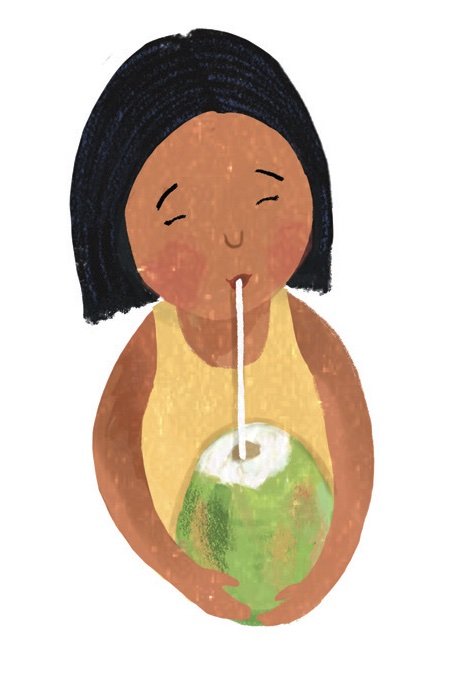
Writing With a Broken Tusk
Writing With a Broken Tusk began in 2006 as a blog about overlapping geographies, personal and real-world, and writing books for children. The blog name refers to the mythical pact made between the poet Vyaasa and the Hindu elephant headed god Ganesha who was his scribe during the composition of the Mahabharata. It also refers to my second published book, edited by the generous and brilliant Diantha Thorpe of Linnet Books/The Shoe String Press, published in 1996, acquired and republished by August House and still miraculously in print.
Since March, writer and former student Jen Breach has helped me manage guest posts and Process Talk pieces on this blog. They have lined up and conducted author/illustrator interviews and invited and coordinated guest posts. That support has helped me get through weeks when I’ve been in edit-copyedit-proofing mode, and it’s also introduced me to writers and books I might not have found otherwise. Our overlapping interests have led to posts for which I might not have had the time or attention-span. It’s the beauty of shared circles.


“If it was good, it was golden.” History, Fiction, and the Writing Self
I find rambles through history as captivating as any other kind of rambling travel. Some of the histories I’ve wandered through have led me to the ramblings of the writer Eric Blair who became George Orwell, his nom de plume traveling right into the English language. Orwellian, right up there with Kafkaesque, is frequently conjured up as a reflection of all things authoritarian.

On Canada Day and July 4th
In acknowledgment of both Canada Day (July 1) and American Independence Day (July 4), this post addresses nations whose forebears were here on this land before either Canada or the United States:
[Posted by Jen Breach for Writing With a Broken Tusk]
In June 1942, Major General Clarence Tinker’s plane was downed in the Battle of Midway, and he was lost in the ocean. He had been a career soldier, a decorated aviator, and the highest ranking Native American officer in the US armed services.

Dreams For Sale Along the Silk Road
When I was a child, place names from history captivated me: Mohenjo Daro, Samarkand, Pompeii. They rolled off the tongue, promising visions larger than life. Among them was the name of a desert in China—Taklamakan. Its waves of sand formed crescent shapes that kept shifting and forming, over and over, covering an expanse so wide a person could see no end to it. Once you entered this world of sand dunes, you couldn’t leave.
The Taklamakan was just one enchanting spot along what has come to be called the Silk Road: a network of trade and travel routes that opened up rich cultural exchanges and in the process, changed history. Languages shifted. Glassmaking entered China. Paper made its way west. Bandits and monks, traders and adventurers traversed these routes, leaving stories scattered in their wake along a stretch of land so vast it straddled continents.
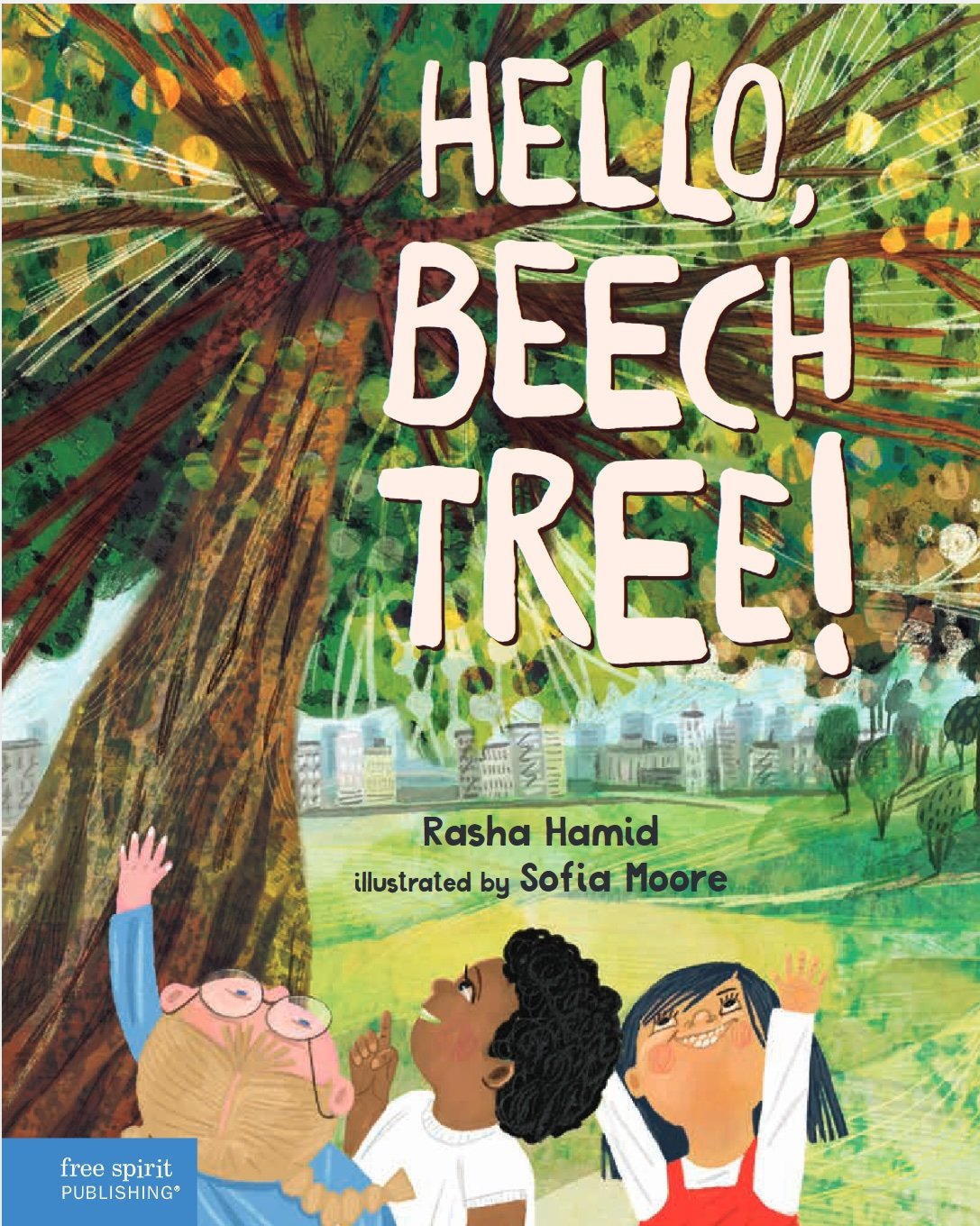
Process Talk With Jen: Rasha Hamid on Hello, Beech Tree
In a guest post about writing nonfiction for children, Rasha Hamid wrote “Historian Robin D. G. Kelley coined the term freedom dreaming to describe the power of imagination as a strategy for collective liberation - imagining the world as it should be so we can make it so. Powerful nonfiction writing at its best stems from freedom dreams.” And Rasha’s nonfiction–including How to Bird and the brand new Hello, Beech Tree!–is certainly powerful.

Process Talk: Melanie Crowder and Megan Benedict on Great Gusts
Great Gusts is a collection of tribute songs to selected winds of the world, those patterns of air that are part of the geographies, cultures, and lifeways of the lands they touch. I sent a bunch of questions to the co-authors, both members of the VCFA Writing for Children and young Adult community I cherish. Here’s the resulting conversation.

Guest Post: Jen Breach on Nonbinary Narrative Structure in Solstice
[Posted by Jen Breach for Writing With a Broken Tusk]
…And by nonbinary narratives, I don’t mean narratives about characters with a nonbinary gender identity,* I mean narratives that are fundamentally structured to embrace spectrums of experience, prisms of identities, and the countless ways we humans can be in the world.
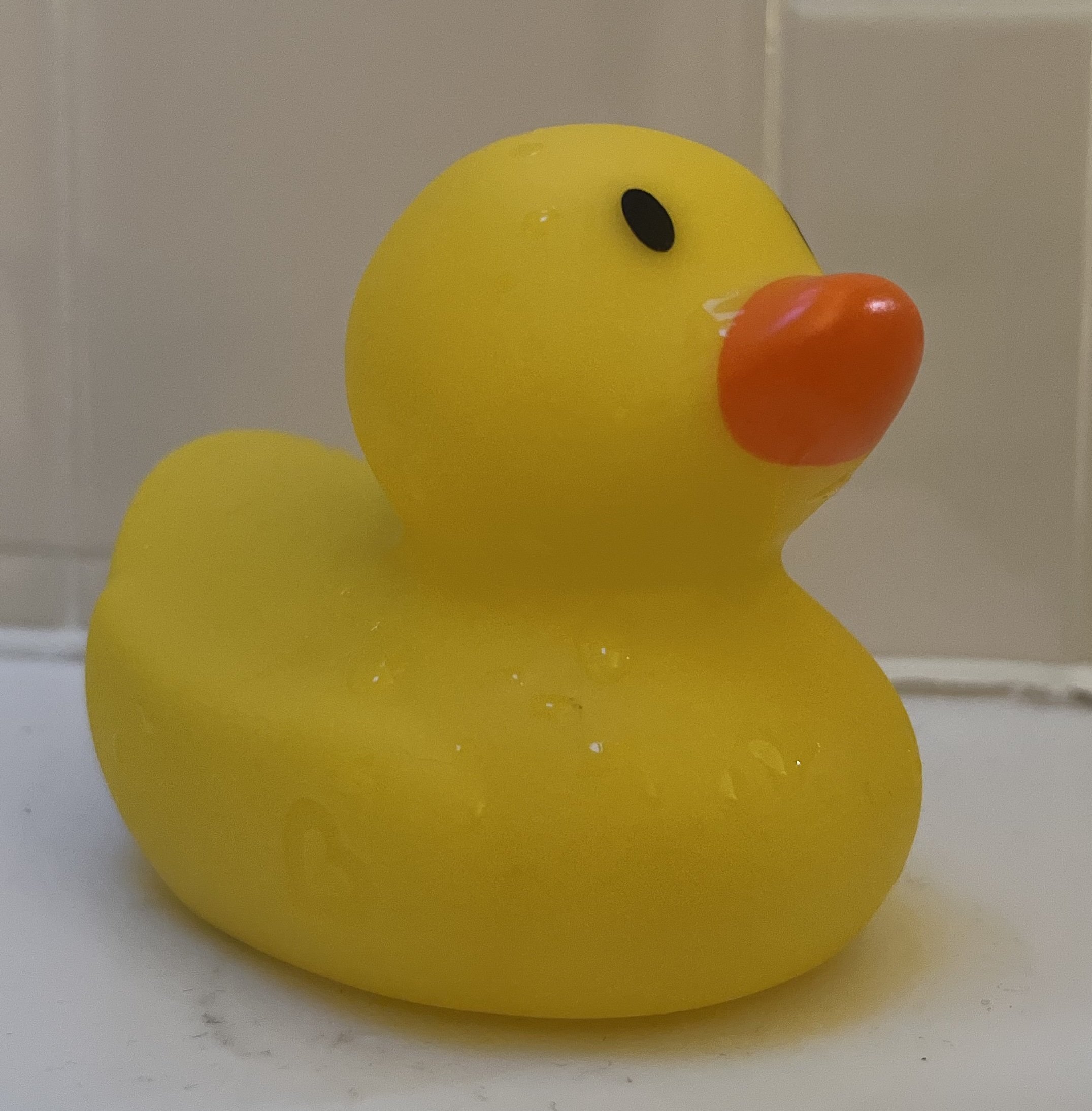
Rubber Ducks: the Power of Symbols
When Russian opposition leader Alexei Navalny (he didn’t like to be called a dissident) was alive, rubber ducks were often used as symbols of his fight against corruption. When he died (possibly murdered, possibly tortured and starved until his body couldn't take it any more) in February 2024, ducks showed up as symbols of protest against the regime responsible, one way or another, for his death. Whether by association or coincidence, rubber ducks have also been used by protesters in Thailand, and briefly, via Hong Kong, on Chinese social media.

Guest Post: Suma Subramaniam on Picture Books Rooted in Culture and Geography
Suma Subramaniam has not one but two picture books celebrating Indian culture releasing in May. A Bindi Can Be…, illustrated by Kamala Nair, released on May 2 and My Name is as Long as a River, illustrated by Tara Anand, comes out on May 28. In a recent cover reveal interview for My Name is as Long as a River, Suma said “A name when pronounced correctly is a comforting feeling to everyone involved. That is what we all need—a little comfort.” That thread of seeking and enjoying comfort connects both of these books.

Process Talk with Jen: Barry Wittenstein on The Day the River Caught Fire
Today Jen talks to Barry Wittenstein about his narrative nonfiction picture book The Day the River Caught Fire: How the Cuyahoga River Exploded and Ignited the Earth Day Movement, illustrated by Jessie Hartland.

Process Talk with Jen: Caroline Kusin Pritchard and Sidura Ludwig on Tender Jewish Family Traditions
[Posted by Jen Breach]
[Jen] When I saw that Caroline Kusin Pritchard and Sidura Ludwig, two generous and insightful writers, had books coming out within months of each other, I pounced at the chance to turn an interview post into a conversation.
Caroline, Where is Poppy? (illustrated by Dana Wulfekotte) is based on your beloved grandfather, who has passed, and his Passover seder table. And Sidura, you make challah every week for Shabbat, just like the characters in Rising (illustrated by Sophia Vincent Guy). How did you turn these tender family traditions into picture books that intertwine family and religion?

“History is Key.” Anita Kharbanda’s Lioness of Punjab
How is it that growing up in India, I never heard of the woman at the center of Anita Kharbanda’s Lioness of Punjab? In accounts of the Emperor Aurangzeb’s siege of the Anandpur Sahib gurdwara, her name was curiously missing, just another example of the erasure of women in 19th and 20th century accounts of the past.
Mai Bhago lived in the 18th century, refusing to fit the mold of a domesticated woman. Instead, she mastered the arts of war and took up arms against the Mughal Empire.
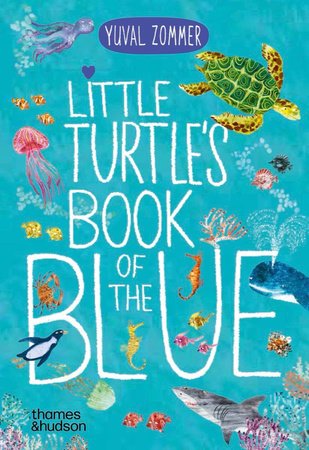
The Verbs that Drive Turtles and Snails in Yuval Zommer’s Board Books
On the day after Earth Day, you will forgive me for turning away from looming calamities of plastic and fires and floods and for writing instead about a book in which a baby turtle swims out to sea and encounters marine life from playful to scary. This is Little Turtle’s Book of the Blue by Yuval Zommer. Verbs in the text invite the youngest listeners to drift along through the lively, light-drenched illustrations, from sunshine to nighttime. Little turtle swims…plays… scuttles… swishes…watches…and more on this undersea adventure!

Process Talk with Jen: Joanna Ho on We Who Produce Pearls
Posted by Jen Breach
In an interview with Caroline Richmond at We Need Diverse Books on the 2021 release of her picture book biography of Chinese artist and activist Ai Weiwei, author Joanna Ho said, “When you boil down so much of political activism, it often comes down to inviting people to recognize humanity in others and treat people accordingly.” In those terms, Joanna’s newest book We Who Produce Pearls, illustrated by muralist Amanda Phingbodhipakkiya, is a warm and assured invitation to readers to challenge the dominant white-centered version of history that has held sway since the founding of the United States.
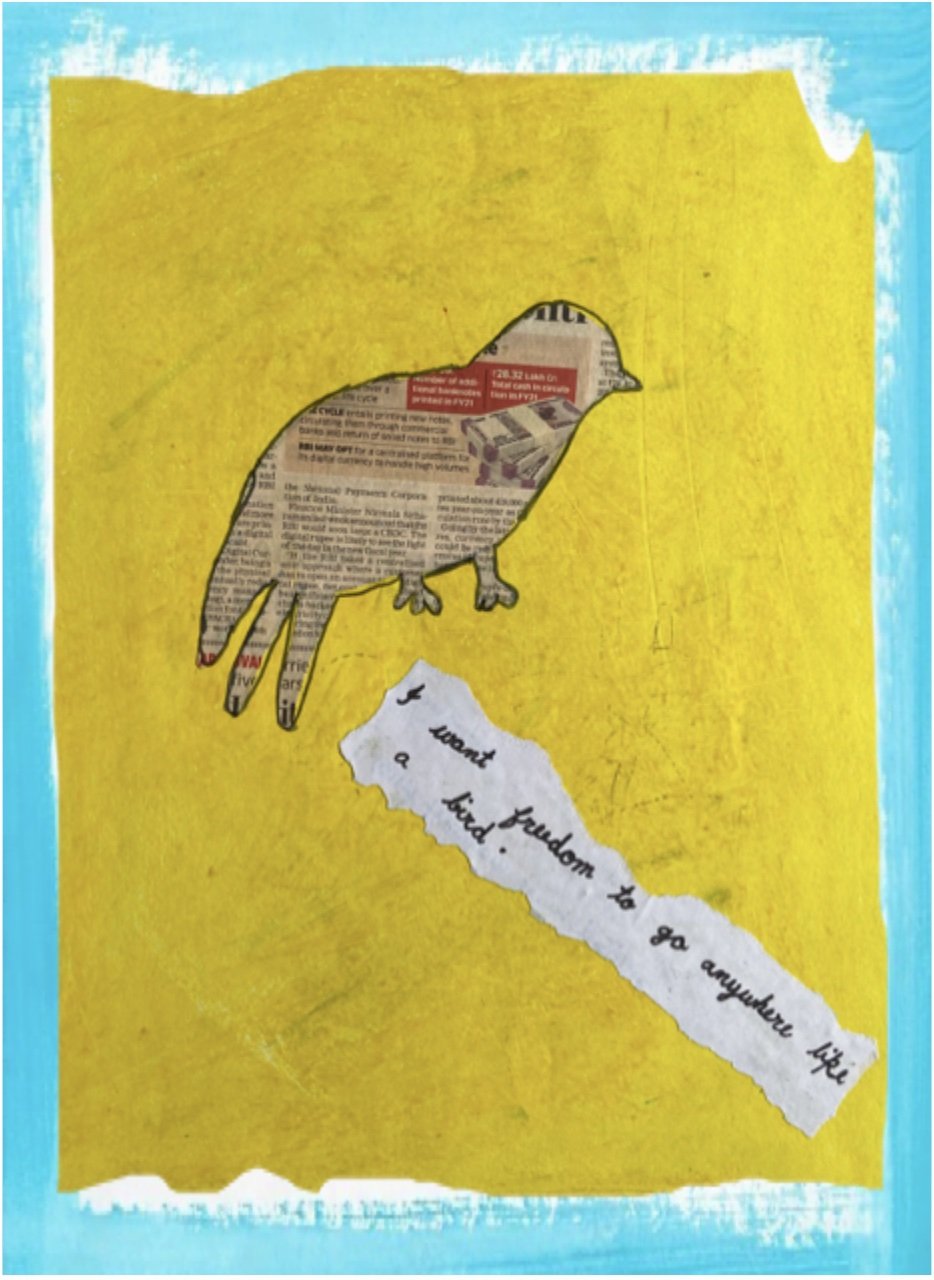

Process Talk with Jen: Uma Krishnaswami on Look! Look!
In Uma Krishnaswami’s own words on her book Out of the Way! Out of the Way! (Groundwood, 2010), after many drafts of editorial interference were tossed aside that had insisted the story be more plot-based, more in line with mainstream US children’s publishing: “I told the story the way it showed up in my mind, with a long timeline, a single action taken by one young boy, and the place itself as the center of the tale. It became a story about a child in a community, about the power of a single action unleashing a long spiral of consequences. It relies on repetition, on rhythm, on auditory effect, as much as it does on the beautiful illustrations of my almost-namesake, artist Uma Krishnaswamy from Chennai.”

Guest Post: Letting Characters Lead the Way by Saumiya Balasubramaniam
Happy coincidence, or inspired planning? On April 2, Groundwood Books will publish two picture books set in India: my Look! Look! of which some more here and still more to come, and When I Visited Grandma by Saumiya Balasubramaniam. Since our books share a publisher and a book release date, I thought I’d ask Saumiya to write a guest post about the making of this book.

Process Talk with Jen: Martha Brockenbrough on Human and Artificial Intelligence
[Posted by Jen Breach for Writing With a Broken Tusk]
Martha Brockenbrough is a writer of very considerable brain. An example: her acknowledgements for Future Tense: How We Made Artificial Intelligence–and How it Will Change Everything (out today from Feiwel & Friends) are couched in a conversation with ChatGPT, in which Martha teaches the AI exactly how many people it takes to make a book. “‘Given all the work that goes into a book,’” she asks it, “‘and all the human beings required to do that work, do you still think [a book can be written] in six months to a year?’ ChatGPT was silent for a long time. And then this reply appeared, in red type: ‘An error occurred. If the issue persists, please contact us through our help center.’”

Meet Jen Breach
This blog began in 2006 as an exercise, a discipline, a meditation for me, a way to think out loud while I was trying to think on the page in my books for young readers. Over the years it has taken on its own trajectory and become a record of sorts—a patchwork quilt of my reflections on crossing borders of all kinds as they relate to writing and teaching. It has come to include the reflections and opinions of others who create books for children and young adults.
In 2024-25, I’ll have 4 new books out, each with its own timeline of edits, copyedits, and a series of proofs, and I am not getting any swifter. Spent years multitasking and living to the thrill of the looming deadline. Can’t do that any more. So rather than shut the blog down and retreat for months on end, I’ve decided to get help.

Why You Should Read (or Reread) Emil and the Detectives
In 1929, a German writer named Erich Kästner published a book for children titled Emil und die Detektive. An English translation was published in 1931, Emil and the Detectives. In 1934, all of Kästner’s, except Emil, were publicly burned by the Nazis and his writings were banned. Kästner stood nearby, watching his books go up in flames. Emil was burned a year later.
